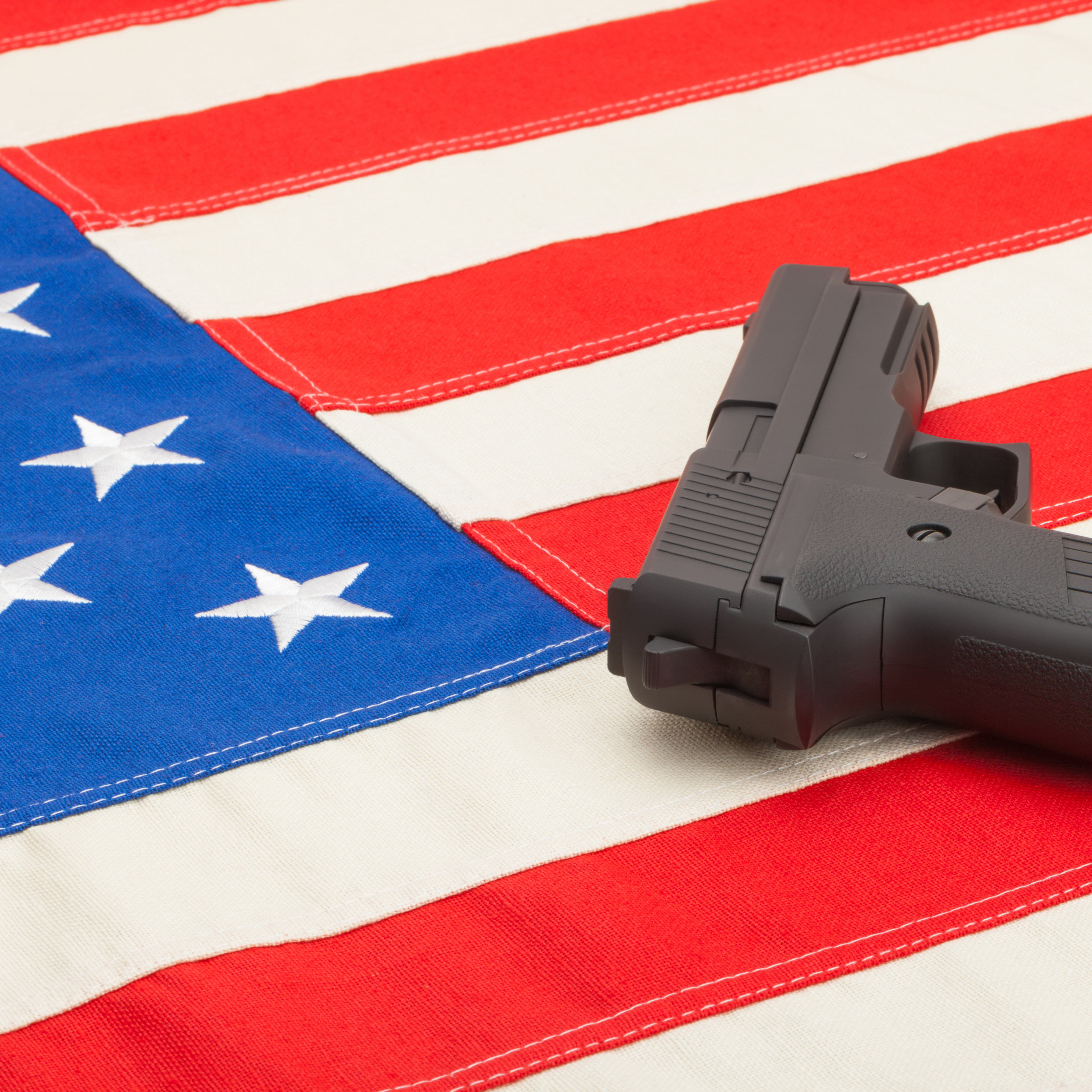Companies and Brands
Which Companies Get Hit When Gun Sales Rise?

Published:
Last Updated:

The Sandy Hook effect is a well-known phenomenon in the firearm and personal defense space. It describes the boost in sales of guns in the wake of a shooting incident, most notably its eponymous high school massacre. The day after the shooting, Colorado’s Bureau of Investigation’s (CBI’s) InstaCheck Unit responsible for background checks received more than 4,000 requests for personal checks — an unprecedented and as yet unbeaten one-day record.
Since the more recent San Bernardino shooting in California, Smith & Wesson Holding Corp. (NASDAQ: SWHC) stock is up more than 25%. Sturm, Ruger & Co. Inc. (NYSE: RGR) is up close to 12% across the same period, apparently also buoyed by a presidential address on tighter firearm restrictions. But what about the other side? Are there companies that, as gun sales rise, weaken in response? Possibly yes, with the cause being rooted in disposable income.
Let’s say at the low end, a good model handgun comes in at between $500 and $750. Add in the price of a case, ammunition, accessories (trigger guard, etc.) and training, and you are probably looking at upward of $1,000 low end. In the United States, monthly disposable income is $3,358 averaged across all states. This is income after tax, before the subtraction of any monthly outgoings. The average monthly mortgage payment for a household with an income between $40,000 and $100,000 comes in at around $900.
Factor in food, transportation, health insurance and utilities, and there is very little left. What’s the point here? That a large number of non-gun owners wouldn’t just be able to use this month’s paycheck to buy a gun. So where does the money come from? Savings. Savings that would otherwise be used to buy similarly priced gifts, electronics, jewelry and so on.
Whether this phenomenon will have as pronounced a downside effect on the companies in question as it did an upside effect on the defense companies remains to be seen, but when retailers report this quarter’s earnings early next year, it’s a real point of interest for investors in the space.
By Matt Winkler
The average American spends $17,274 on debit cards a year, and it’s a HUGE mistake. First, debit cards don’t have the same fraud protections as credit cards. Once your money is gone, it’s gone. But more importantly you can actually get something back from this spending every time you swipe.
Issuers are handing out wild bonuses right now. With some you can earn up to 5% back on every purchase. That’s like getting a 5% discount on everything you buy!
Our top pick is kind of hard to imagine. Not only does it pay up to 5% back, it also includes a $200 cash back reward in the first six months, a 0% intro APR, and…. $0 annual fee. It’s quite literally free money for any one that uses a card regularly. Click here to learn more!
Flywheel Publishing has partnered with CardRatings to provide coverage of credit card products. Flywheel Publishing and CardRatings may receive a commission from card issuers.
Thank you for reading! Have some feedback for us?
Contact the 24/7 Wall St. editorial team.